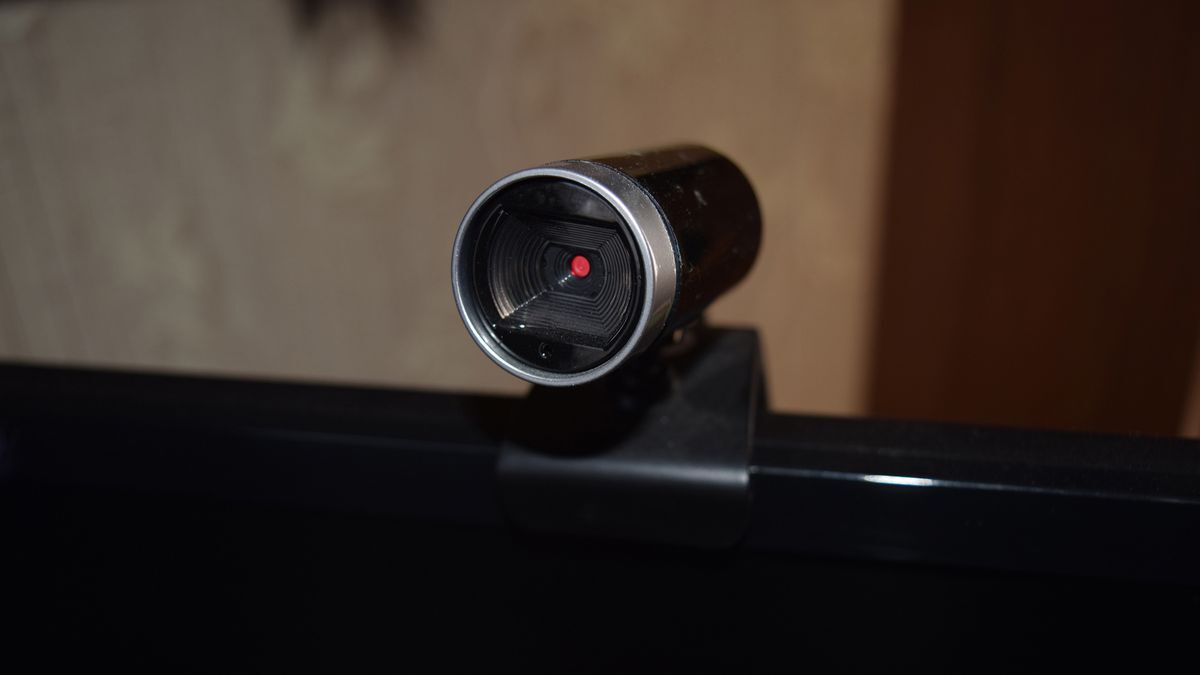The method, known as EM Eye, can even capture images through walls, raising huge concerns about the potential for misuse.
The research, led by Kevin Fu, a professor of electrical and computer engineering at Northeastern University, targets a vulnerability in the data transmission cables within most modern cameras. These cables unintentionally act as radio antennas, leaking electromagnetic information that can be picked up and decoded to reveal real-time video.
As reported by Tech Xplore, the vulnerability exists because manufacturers focus on protecting the intentional digital interfaces of cameras, such as the upload channel to the cloud, but overlook the potential for information leakage through accidental channels. “They never intended for this wire to become a radio transmitter, but it is,” Fu explains. “If you have your lens open, even if you think you have the camera off, we’re collecting.”
Cross post from https://lemmy.world/post/12081766



Because the wire acts as a radio transmitter, not a cable.
Yeah, my point is just that you’ll have to be pretty close to do it, we’re not talking “van on the street can see your laptop webcam”. Up to 16 feet is probably in ideal conditions (long enough wire, no walls). Anyone doing this is going to be close enough for you to notice them doing it.
Not necessarily. Running a cable through electrical sockets in to a wall will often put someone in the next room well within 16 ft of your smartphone or home security camera.
This attack is against the communication between the image sensor and the device’s controller, not the run between a security camera and DVR.
Unless you mean that someone could sneak a sniffer into your walls, which I suppose is possible for cameras with high leakage, but for smartphones, the paper says “smartphone camera emissions only allow adversaries to eavesdrop from a close distance”, in their experiment this being on the order of inches.